Understanding Core Aeration
What is Core Aeration?
Core aeration is a vital process in lawn care that involves removing small plugs of soil from the lawn. This technique is performed using a specialized machine known as a core aerator or lawn aerator. The primary purpose of core aeration is to alleviate soil compaction, improve air circulation, increase water absorption, and enhance nutrient uptake in the soil, creating a healthier environment for grass roots. By extracting soil plugs, typically about ½ to ¾ of an inch in diameter, aeration allows better penetration of oxygen, water, and nutrients to the root zone of the grass, facilitating robust growth.
How Core Aeration Works
The mechanics behind core aeration are relatively straightforward. The aerator penetrates the soil, creating holes by extracting cylindrical plugs of soil. These plugs are left on the lawn surface, where they will eventually decompose, providing organic matter to the soil. This process disrupts dense soil layers, which can act as barriers to root growth, and balances soil moisture levels, creating a more hospitable environment for turfgrass. The removal of soil cores also helps reduce the buildup of thatch, the layer of dead grass and roots on the soil surface that can hinder water and nutrient absorption.
Benefits of Core Aeration
Core aeration leads to numerous benefits for the health of your lawn:
- Enhanced Air Exchange: The creation of holes allows fresh air to circulate, crucial for root respiration.
- Improved Water Uptake: Aerated soil absorbs water more efficiently, reducing runoff and promoting deeper root growth.
- Increased Nutrient Accessibility: Nutrients from fertilizers and organic matter can penetrate deeper into the soil, making them more available to grass roots.
- Reduction in Soil Compaction: This is particularly beneficial for lawns that experience heavy foot traffic, leading to healthier and denser grass growth.
- Promotion of Root Growth: Core aeration promotes the growth of deeper grass roots, which enhances drought resistance and overall lawn durability.
- Thatch Reduction: By breaking up thatch layers, aeration minimizes the risk of lawn diseases.
When to Aerate Your Lawn
Best Times for Core Aeration
The timing of core aeration is critical for maximizing its benefits. For cool-season grasses, the best times to aerate are early spring and fall when the grass is actively growing. Conversely, for warm-season grasses, late spring through early summer is optimal. Aerating during these growth periods allows the lawn to recover more quickly from the stress of aeration.
Seasonal Considerations
Understanding seasonal changes can guide your aeration schedule. In the spring, as temperatures rise and moisture increases, cool-season grasses emerge from dormancy, making it an ideal time for aeration. For warm-season grasses, aeration should align with the onset of warmer temperatures, ensuring that the grass can effectively recover from aeration.
Signs Your Lawn Needs Aeration
Some observable signs can indicate that your lawn is in need of aeration:
- Visible soil compaction, where foot imprints linger.
- A brown, patchy appearance, suggesting poor grass health.
- Poor water infiltration, where puddles form after watering or rainfall.
- A thick thatch layer evident by surface hardness when walking.
Methods of Core Aeration
Manual vs. Machine Aeration
Core aeration can be performed either manually or with machines. Manual aeration typically involves using handheld tools like a garden fork or aerator shoes, which can be labor-intensive and less effective for larger areas. Machine aeration, on the other hand, employs powered aerators that can quickly cover large spaces, making the process more efficient and uniform.
Tools Required for Core Aeration
If opting for manual aeration, basic tools include:
- Garden fork or hand aerator
- Aeration shoes with spikes
For machine aeration, a motorized core aerator is recommended, which can be rented from many home improvement stores. These machines use tines that penetrate into the soil, pulling out plugs efficiently.
Step-by-Step Core Aeration Guide
To effectively aerate your lawn, follow these steps:
- Prepare Your Lawn: Mow the grass and water the lawn adequately a day or two before aerating.
- Mark Your Lawn: Identify any irrigation heads or cables to avoid damaging them during the process.
- Choose Your Aeration Method: Select whether to use a manual or machine aerator based on the size of your lawn.
- Begin Aerating: Move the aerator in even, overlapping rows, ensuring that the holes are spaced appropriately.
- Leave the Soil Plugs: Allow the soil cores to remain on the lawn to decompose, enriching the soil.
- Follow Up: Water the lawn after aeration to help with recovery.
Post-Aeration Lawn Care
Recommended Follow-Up Practices
After aeration, specific follow-up practices can bolster recovery:
- Water the lawn thoroughly, ensuring consistent moisture without waterlogging.
- Avoid heavy foot traffic until the grass starts to recover.
- Consider applying a balanced fertilizer to support grass regrowth.
Combining Aeration with Overseeding
Combining core aeration with overseeding is a best practice that enhances lawn thickness and health. Aeration provides excellent seed-to-soil contact, allowing new grass seeds to establish more effectively. It’s advisable to overseed immediately after aeration for optimal results.
Monitoring Lawn Health Post-Aeration
After aeration and any subsequent overseeding, monitor your lawn’s recovery. Watch for signs of new growth, healthy color, and overall vigor. Regular watering and proper mowing height can promote a robust and resilient lawn.
Common Questions about Core Aeration
Is Core Aeration Worth It?
Absolutely! While core aeration does require some upfront time and investment, the long-term benefits significantly outweigh the costs. Healthier grass and improved soil conditions lead to less frequent need for expensive lawn treatments and contribute to a more beautiful and lush lawn over time.
How Often Should You Aerate?
The frequency of core aeration varies based on lawn use and soil conditions. For lawns with heavy foot traffic, aerating once a year may be appropriate. For typical home lawns, aeration every two to four years is generally sufficient. Monitoring your lawn’s health will help determine if more frequent aeration is necessary.
Costs Associated with Core Aeration
The costs for core aeration services can range widely based on your lawn’s size and local service rates. On average, professional aeration services can cost between $100 to $200 for a standard-sized yard. If renting equipment for DIY aeration, expect rental costs to be between $30 to $80 per day for an aerator. Considering the investment, many homeowners find that the benefits to lawn health are well worth the cost.
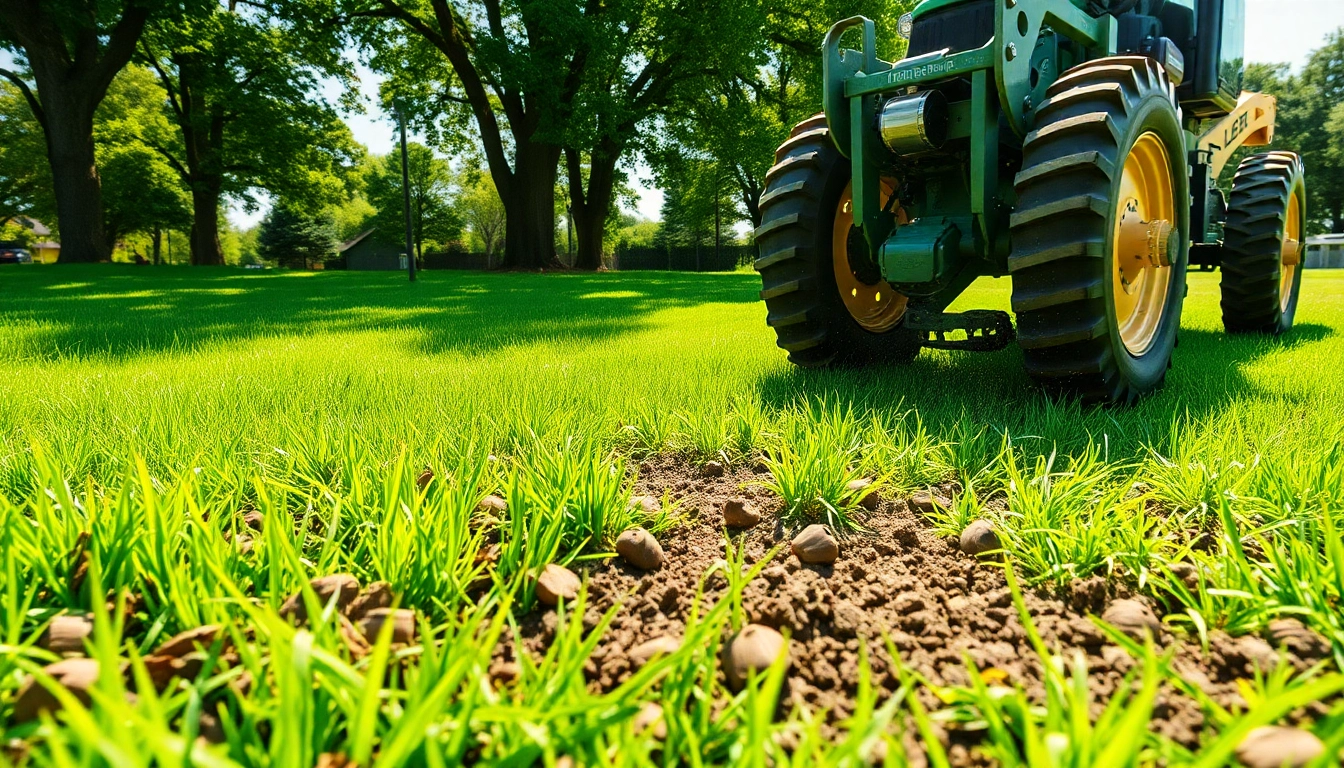

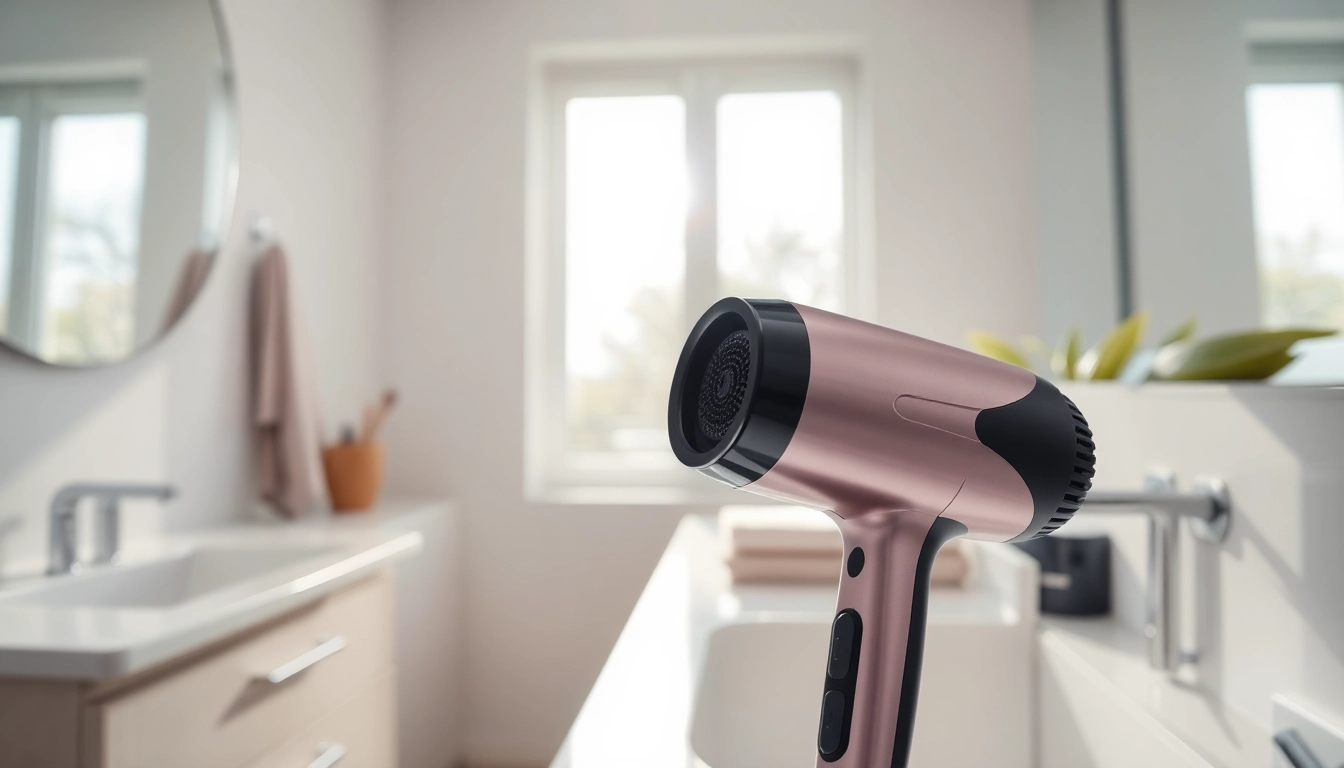

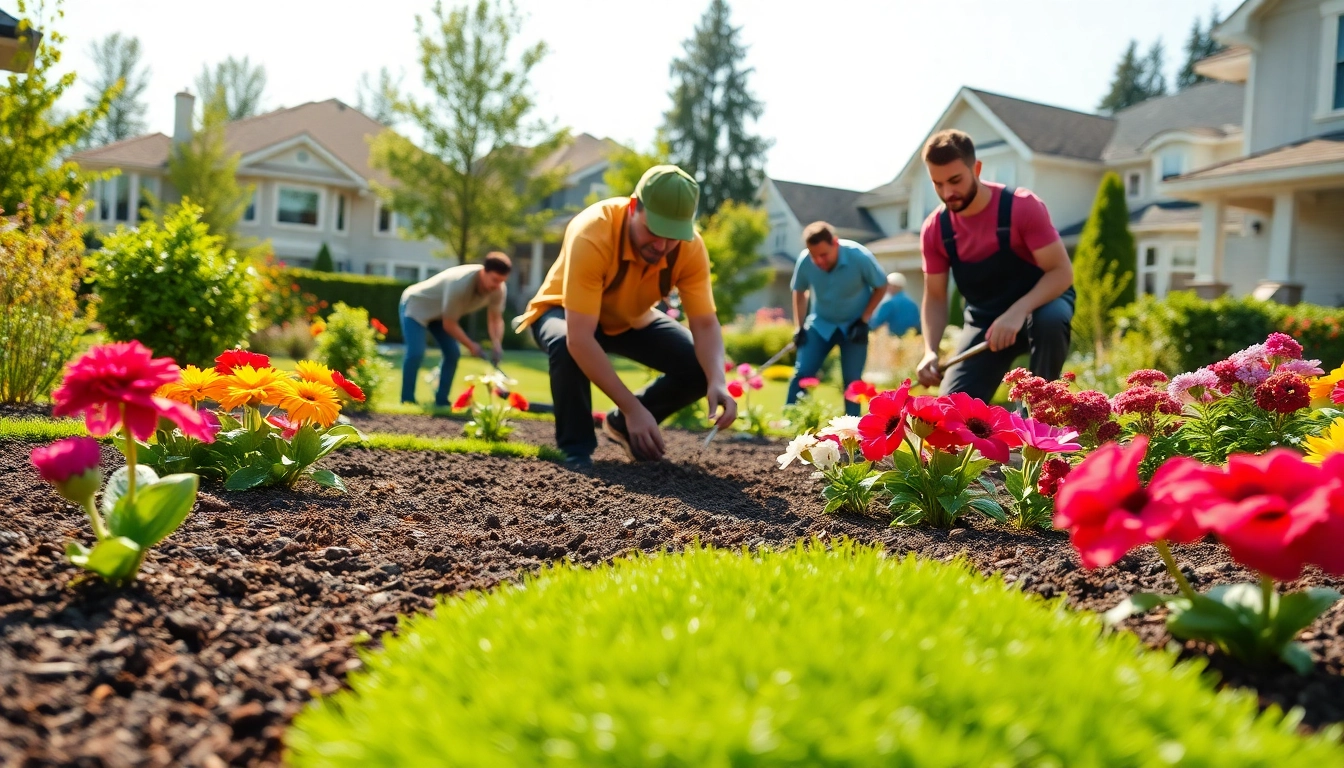


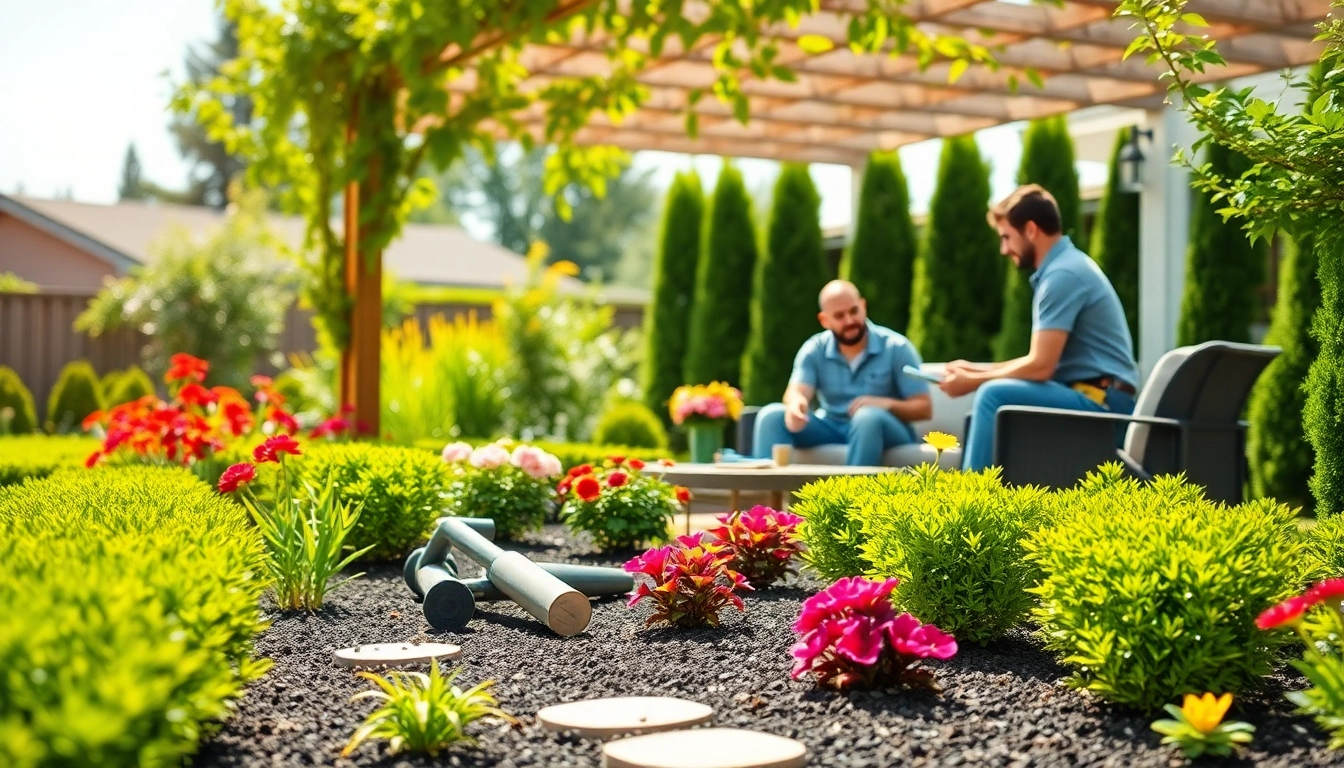
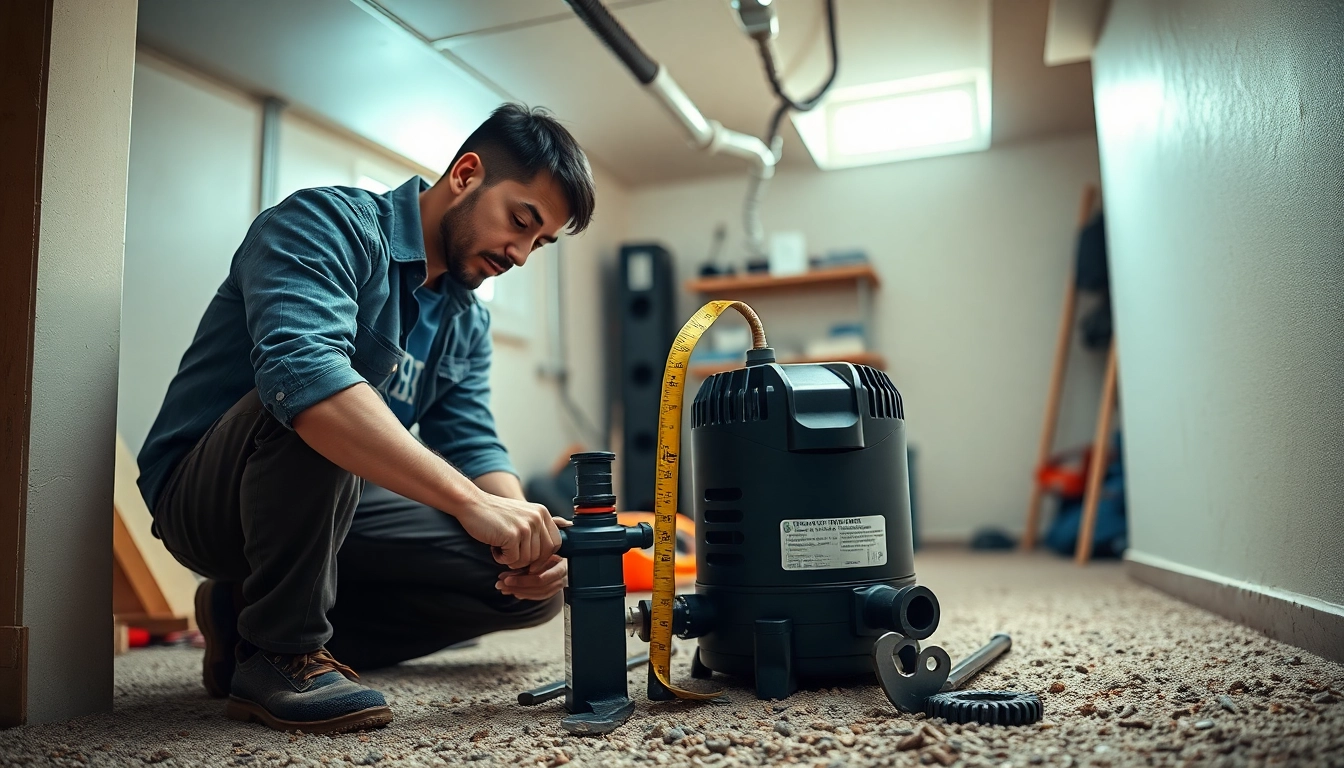

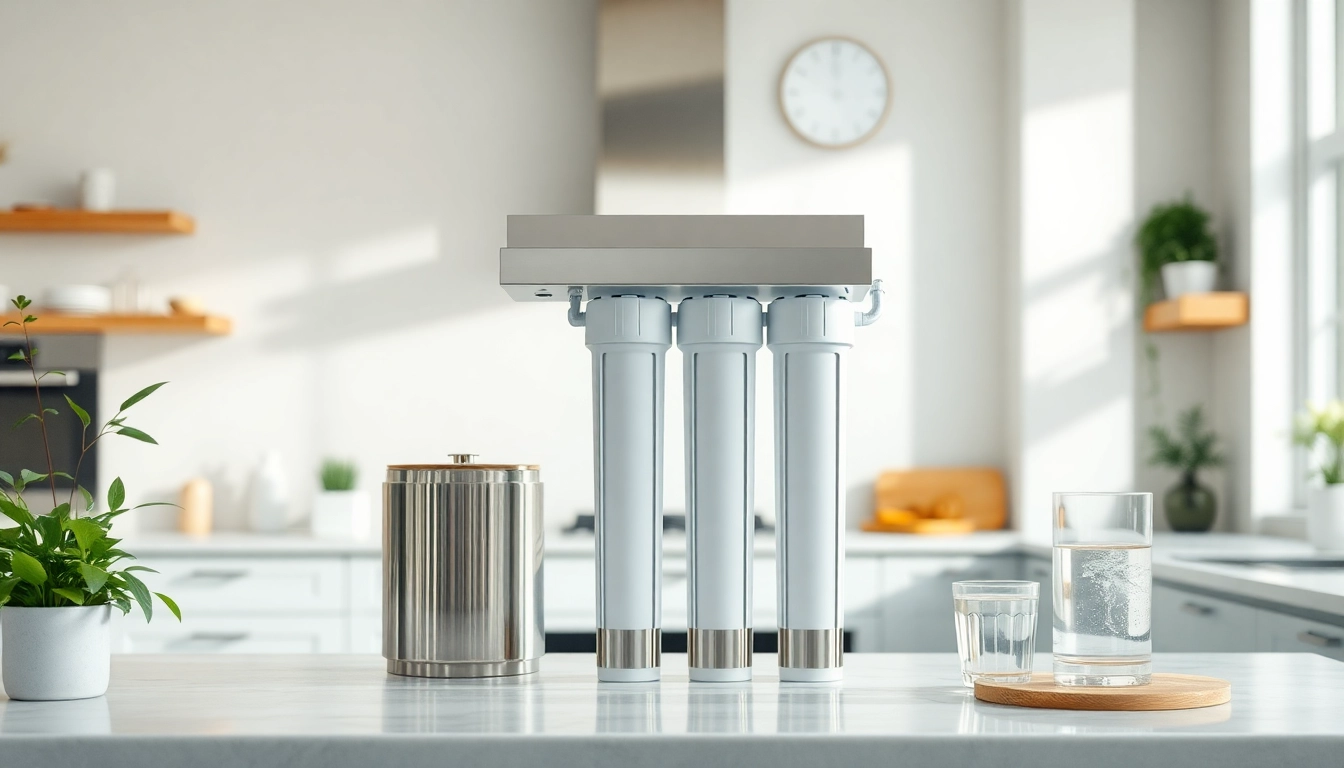



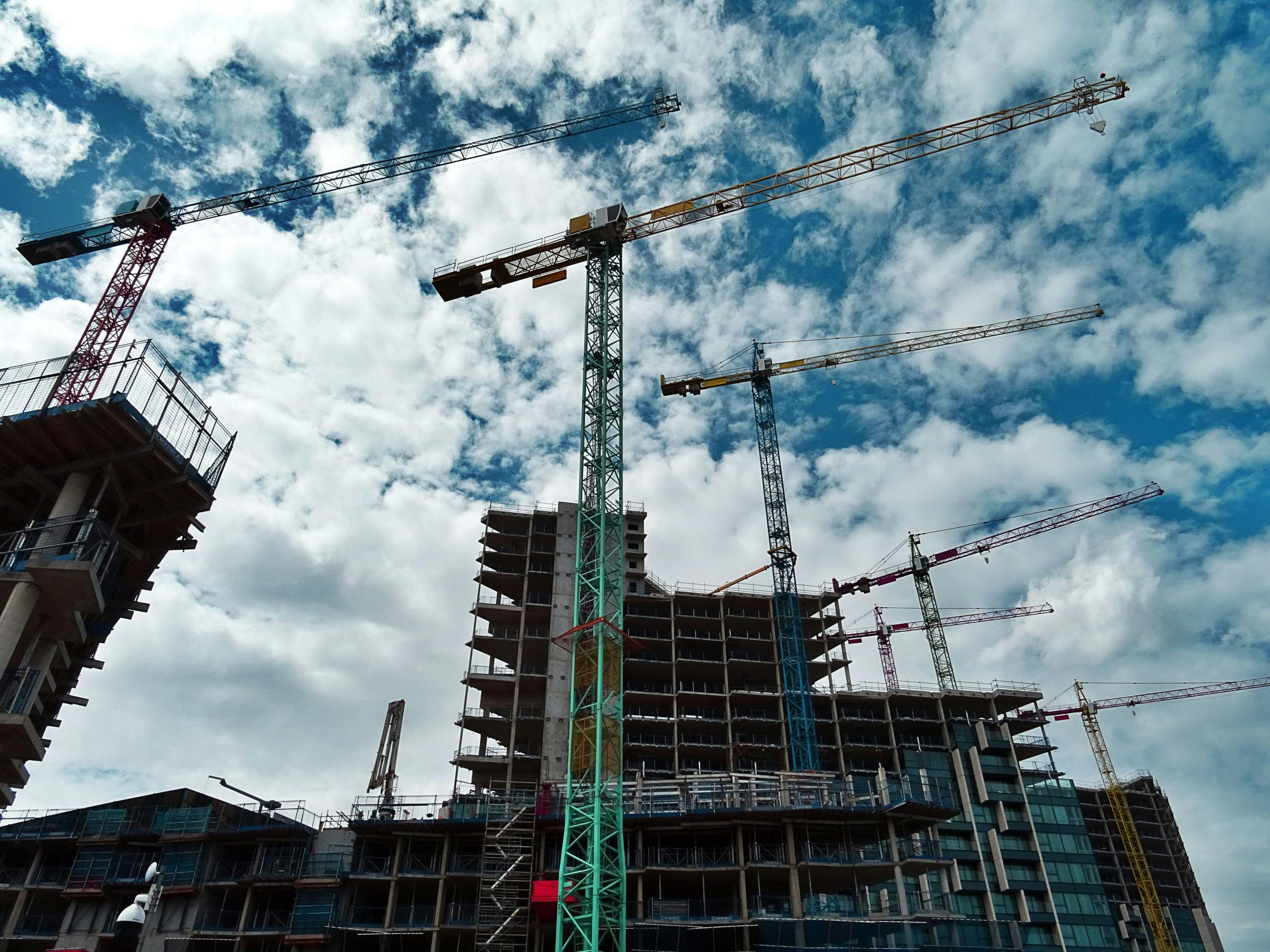
Leave a Reply